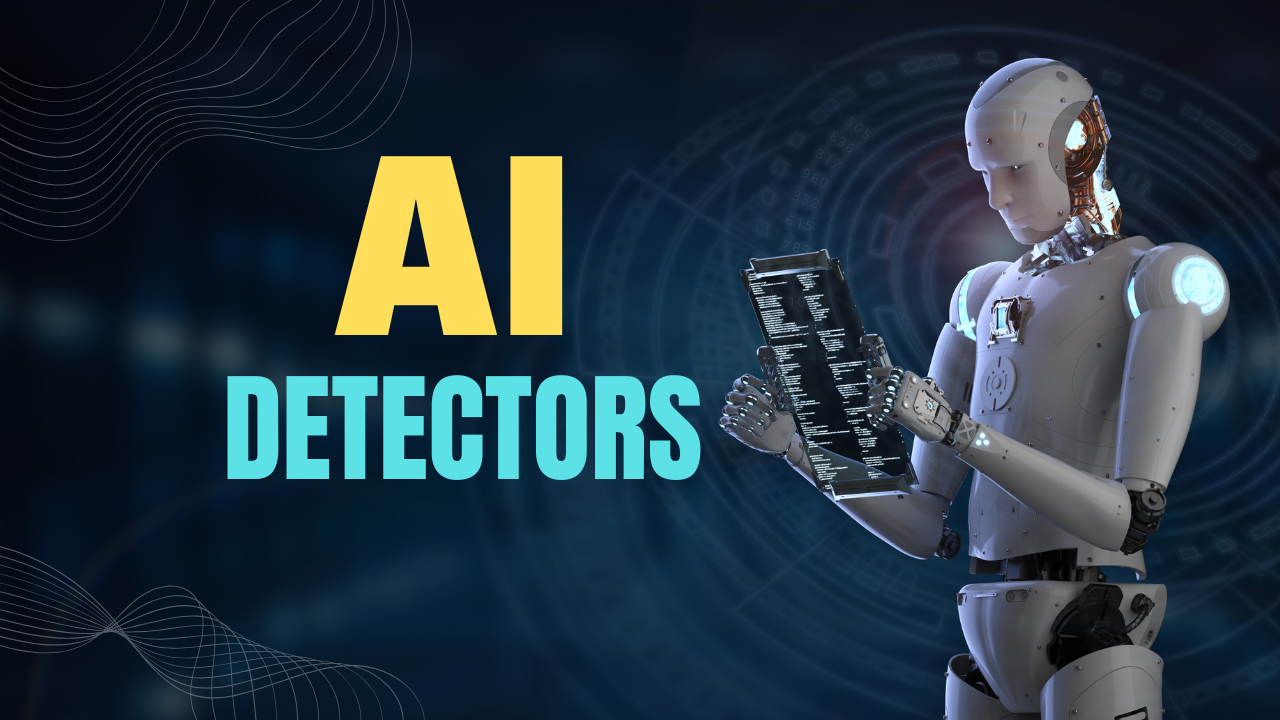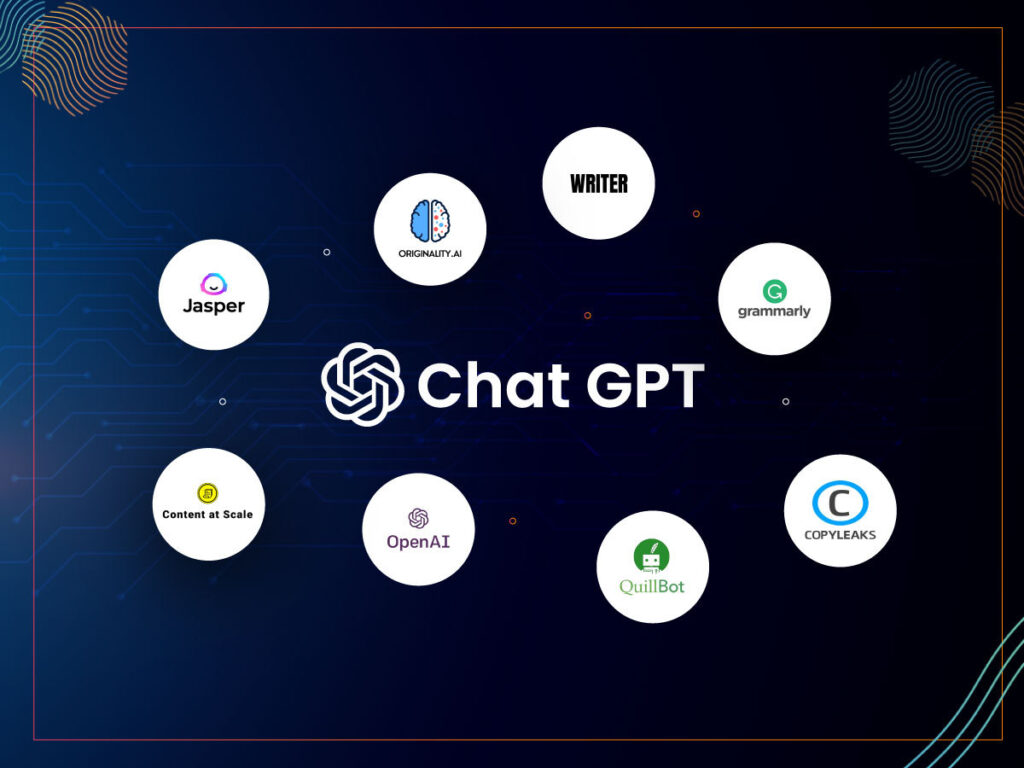
AI Detectors for Essays: The Ultimate 2025 Guide to Tools, Accuracy & Academic Integrity
Introduction
In the evolving landscape of education, the integration of Artificial Intelligence (AI) has transformed how students approach writing assignments. Tools like ChatGPT and Gemini have become commonplace, offering assistance in drafting essays and research papers. However, this convenience brings forth challenges in maintaining academic integrity.
To address these concerns, AI detectors have emerged as essential tools for educators and institutions. These detectors aim to identify AI-generated content, ensuring that students submit original work. As we delve into 2025, understanding the capabilities and limitations of these detectors becomes crucial for both students and educators.

Table of Contents
What Are AI Detectors for Essays?
Top AI Detection Tools in 2025
Benefits of Using AI Detectors in Academia
Limitations and Ethical Considerations
Case Studies: Real-World Applications
Best Practices for Students and Educators
FAQs About AI Detectors for Essays
What Are AI Detectors for Essays?
AI detectors are specialized software tools designed to analyze written content and determine the likelihood of it being generated by AI models. They assess various linguistic features, such as:
- Perplexity: Measures the predictability of text; AI-generated content often exhibits lower perplexity due to its structured nature.
- Burstiness: Evaluates the variation in sentence lengths; human writing typically shows more burstiness compared to AI-generated text.
These tools are instrumental in academic settings, helping educators uphold standards of originality and authenticity in student submissions.
How Do AI Detectors Work?
AI detectors employ various methodologies to assess the likelihood of AI-generated content:
- Linguistic Analysis: Evaluates sentence structure, vocabulary usage, and stylistic elements.
- Statistical Modeling: Uses algorithms to identify patterns consistent with AI-generated text.
- Machine Learning: Trains models on datasets of human and AI-written content to improve detection accuracy.
Despite advancements, challenges persist, such as:
- False Positives: Instances where human-written content is misclassified as AI-generated.
- Evolving AI Models: As AI writing tools become more sophisticated, detection becomes more complex.
Top AI Detection Tools in 2025
1. GPTZero
Use Cases: Effective in detecting content generated by models like ChatGPT.
Overview: Developed by Edward Tian, GPTZero is a leading AI detector focusing on educational applications.
Features:
Analyzes text at sentence, paragraph, and document levels.
Utilizes perplexity and burstiness metrics.
Widely adopted in academic institutions.
2. Turnitin AI Detection
- Overview: A well-known plagiarism detection platform that has integrated AI detection capabilities.
- Features:
- Compares submissions against extensive databases.
- Identifies AI-generated content with a focus on academic integrity.
- Considerations: Some institutions have raised concerns about accuracy and potential false positives.
3. Copyleaks
- Overview: Offers a suite of tools for plagiarism and AI content detection.
- Features:
- Supports detection across multiple AI models, including ChatGPT and Gemini.
- Provides detailed reports with high accuracy.
- Use Cases: Suitable for educators and content creators seeking to verify originality.
4. Scribbr AI Detector
- Overview: Tailored for students and educators, Scribbr offers tools to detect AI-generated content.
- Features:
- Differentiates between human-written, AI-generated, and AI-refined text.
- Supports multiple languages.
- Use Cases: Ideal for multilingual academic environments.
5. Grammarly AI Detector
- Overview: Beyond grammar checking, Grammarly has introduced AI detection features.
- Features:
- Analyzes text for AI-generated patterns.
- Provides a percentage score indicating AI involvement.
- Use Cases: Useful for writers aiming to ensure the authenticity of their content.
Benefits of Using AI Detectors in Academia
- Upholding Academic Integrity: Ensures students submit original work, maintaining the value of educational credentials.
- Educator Support: Assists teachers in identifying potential misuse of AI tools in assignments.
- Student Awareness: Encourages students to understand and adhere to ethical writing practices.
Limitations and Ethical Considerations
While AI detectors are valuable, they are not without limitations:
- Accuracy Concerns: No detector guarantees 100% accuracy; misclassifications can occur.
- Bias Issues: Studies have shown that non-native English writers may be unfairly flagged due to linguistic patterns.
- Privacy Implications: Submitting essays to third-party detectors may raise data privacy concerns.
Ethical use of AI detectors involves transparency, informed consent, and a balanced approach to evaluation.
Case Studies: Real-World Applications
- University Implementations: Several institutions have integrated AI detectors into their submission systems, observing a decrease in AI-generated submissions.
- Student Experiences: Instances where students were falsely accused highlight the need for careful interpretation of detector results.
- Policy Development: Educational bodies are crafting guidelines to govern the use of AI detectors, emphasizing fairness and accuracy.
Best Practices for Students and Educators
For Students:
- Understand Tool Limitations: Recognize that AI detectors are not infallible.
- Maintain Originality: Use AI tools responsibly, ensuring your work reflects your understanding.
- Seek Feedback: Consult educators when in doubt about the use of AI in assignments.
For Educators:
- Combine Tools with Judgment: Use AI detectors as one of multiple assessment methods.
- Provide Clear Guidelines: Inform students about acceptable AI tool usage.
- Stay Informed: Keep abreast of developments in AI writing and detection technologies.
FAQs About AI Detectors for Essays
Q1: Can AI detectors identify all AI-generated content?
A1: No, while they are effective, no detector can guarantee 100% accuracy due to the evolving nature of AI writing tools.
Q2: Are AI detectors biased against non-native English speakers?
A2: Some studies suggest a higher false positive rate for non-native writers, emphasizing the need for cautious interpretation.
Q3: Is it ethical to use AI detectors on student submissions?
A3: Yes, when used transparently and responsibly, they help maintain academic standards.
Conclusion & Final Thoughts
As AI continues to influence academic writing, the role of AI detectors becomes increasingly significant. While they offer valuable assistance in maintaining academic integrity, it’s essential to use them judiciously, acknowledging their limitations. A collaborative approach between students and educators, grounded in transparency and mutual understanding, will ensure that the integration of AI into academia enhances learning without compromising ethical standards.
https://www.scribbr.com/ai-tools/how-do-ai-detectors-work/Scribbr: How Do AI Detectors Work?


